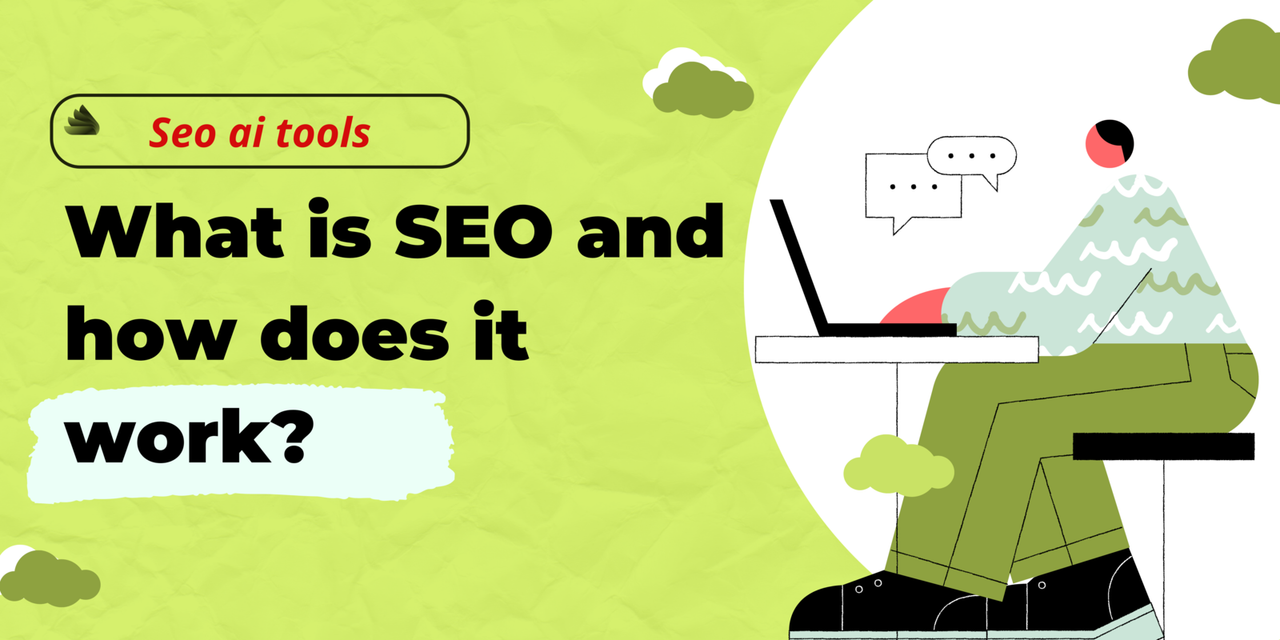Strategies for Multilingual and International SEO Content Optimization
Unlocking Global Success: Strategies for Multilingual and International SEO Content Optimization
In today's globalized world, having a strong online presence is crucial for any business looking to expand its reach and attract a diverse audience. This is where multilingual and international SEO content optimization comes into play. By optimizing your website's content for different languages and countries, you can improve your search engine rankings and attract more potential customers. However, this process comes with its own set of unique challenges and requires a strategic approach. In this blog post, we will explore some valuable resources that can help you effectively optimize your content for multilingual and international SEO.
- Translation and Localization Tools
The first step in multilingual and international SEO content optimization is translating your content into different languages. However, it's not just about translating word for word. Localization, which refers to adapting content to suit the cultural and linguistic nuances of a particular region, is equally important. To achieve this, you can use tools such as Google Translate, which offers translations in over 100 languages, or hire professional translation services that have expertise in localization.
- Geo-targeting Strategies
Once your content is translated and localized, the next step is to ensure that it reaches the right audience in different countries. This is where geo-targeting comes in. Geo-targeting involves tailoring your content and website to specific regions, taking into account factors such as language, currency, and cultural preferences. This can be achieved through the use of country-specific domain extensions, targeted keywords, and location-specific landing pages.
- Managing Duplicate Content
One of the biggest challenges in multilingual and international SEO is managing duplicate content. When you have the same content in different languages, search engines may penalize your website for duplicate content. To avoid this, you can use hreflang tags, which tell search engines that the content is intended for different languages or regions. This helps search engines understand which version of your content to show to users in different countries.
- SEO Internationalization Guides
To gain a deeper understanding of the complexities and best practices of multilingual and international SEO, it's helpful to refer to SEO internationalization guides. These guides provide a comprehensive overview of the technical aspects of international SEO, including how to structure your website, handle hreflang tags, and manage duplicate content. Some recommended guides include Moz's Beginner's Guide to International SEO and Ahrefs' International SEO: The Definitive Guide.
- Multilingual and International SEO Blogs and Communities
Another valuable resource for staying updated on the latest trends and strategies in multilingual and international SEO is to follow blogs and participate in communities dedicated to this topic. Websites like Search Engine Journal, SEMrush, and International Search Summit regularly publish articles and host discussions on multilingual and international SEO best practices. Joining these communities can help you stay informed and connect with other professionals in the field.

